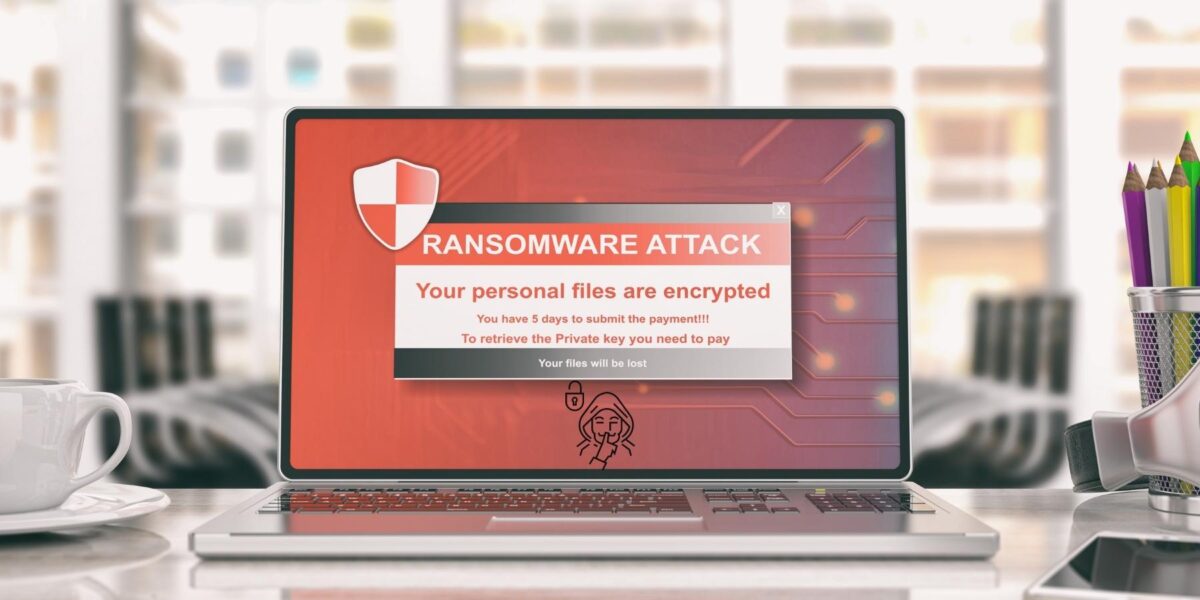If you’ve been keeping up with cybersecurity news lately, you’ve likely heard of ransomware, one of the most dangerous cyber threats businesses can face.
Ransomware attacks have been on the rise over the past few years, with hackers getting more sophisticated as time goes on.
Paying a ransom might seem like the only way to unlock your data after a ransomware attack, but this method has proven to be dangerous and unnecessary in most cases.
While there are ways to protect yourself against it, it still has the potential to harm your company if you don’t take precautions.
Here are five steps you can take right now to start protecting yourself against these pesky cyber threats that could have serious financial consequences if they infect your computer or smartphone.
1. Regularly Back Up Important Files
Regularly backing up your computer’s most important files helps protect you from ransomware. If your computer is infected with ransomware, it’s often better to pay a small ransom fee than lose all of your irreplaceable photos and other digital assets.
That being said, these days it’s safer just not to put yourself in that position by regularly backing up everything on your system.
2. Use Multiple Security Solutions
While no one can promise 100% security, there are many steps you can take to protect yourself against malware attacks. The first step is using multiple cybersecurity solutions.
This include advanced endpoint protection, sandboxing tools or even using virtual machines to open suspicious programs.
3. Keep Software Updated
Updating your software is one of the most important step in protecting yourself against malware and ransomware attacks. Attackers are constantly creating new forms of malicious code, so it’s essential that you keep your security and software tools up-to-date with latest patches.
Be sure to update both on your computer and on all of your mobile devices, as many threats can travel from device to device via email or infected links or even via network.
4. Be Careful What You Download
Cybercriminals use ransomware as a way to make money by holding your information ransom. And it’s easier than ever for them to infiltrate your system.
All they need is one of your personal files—an email, a document, or even just a picture of you. Then they’ll use that file as leverage against you, encrypting it with an algorithm that’s virtually impossible to break—unless you pay up.
Always be careful what files you download and only open attachments from people you know.
5. Update Your Passwords Frequently
Cyber threat statistics says that most people forgot about this very important step. You really need to be sure that your devices and accounts are protected with strong passwords.
If your device is lost or stolen, you should change all of your passwords immediately. Use different passwords for each account and store them in a password management system like LastPass or Dashlane so you don’t have to remember them yourself.
(If you want) You need an even stronger safety net, so force yourself to use two-factor authentication whenever possible and big plus is if you cross the bridge and start using multi-factor authentication (MFA).



